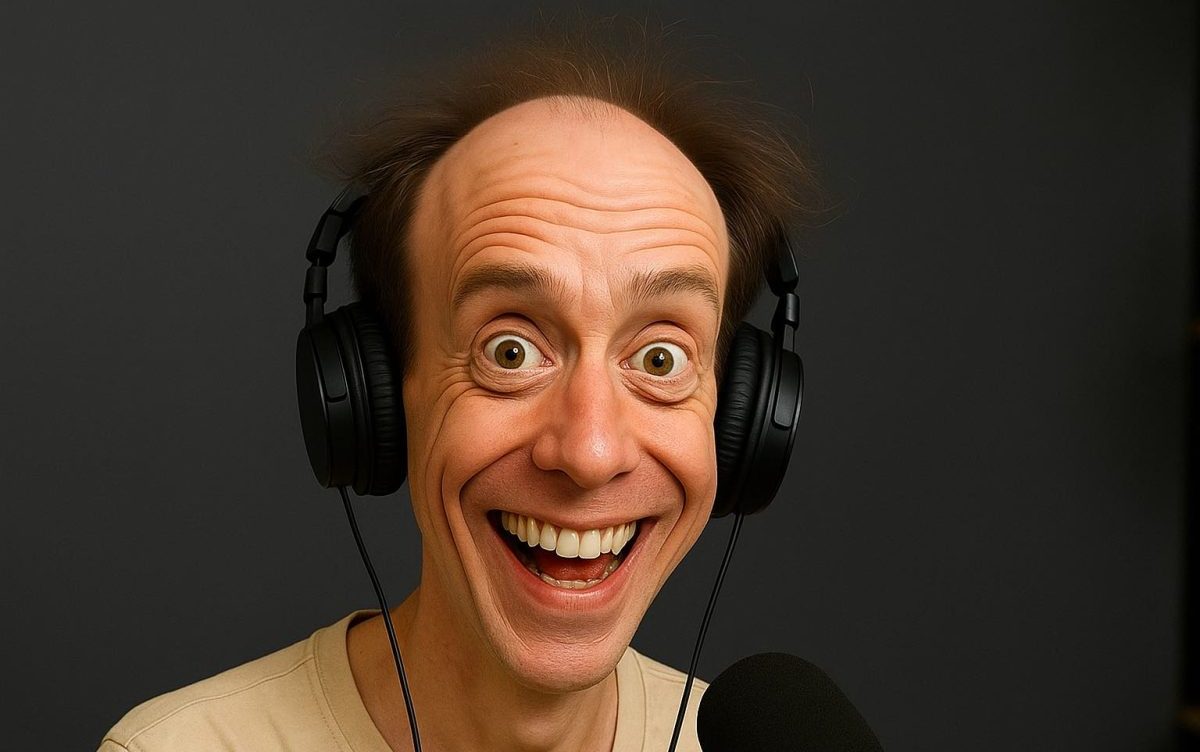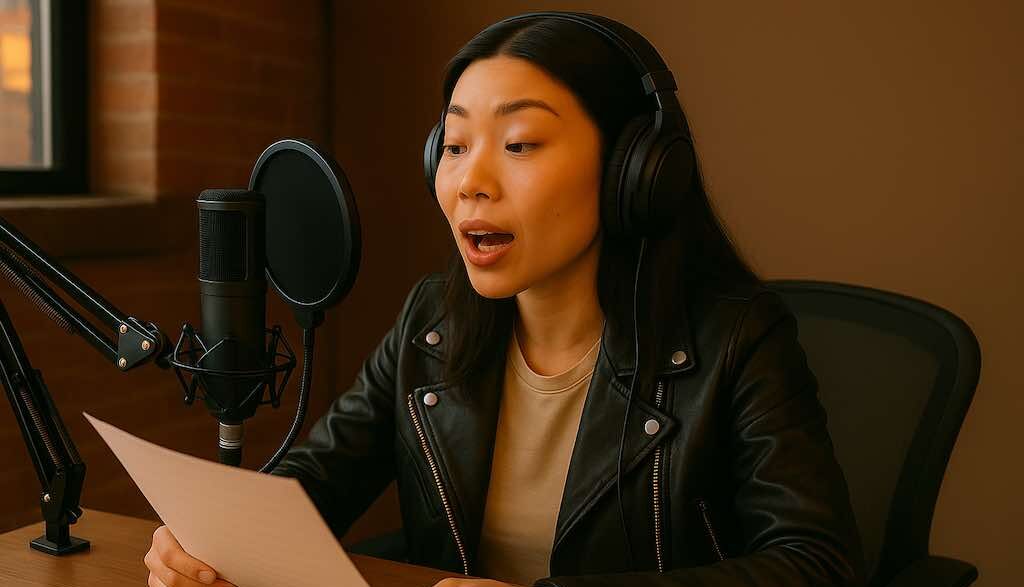Have you ever had your script translated and then the voice over no longer fits your video? The text is too long, the words no longer fit the image or the style is not right.
First: The original script must be good
Just between us: you know those scripts that are written by the client’s client, often way too in depth and written in a way that you wouldn’t normally speak. A good voice-over can handle that. But what about translators?
Well, they often get the feedback that the script translation isn’t good. For example, a native speaker in your company will go nuts when you ask him to look at the translation: ‘What a bad translation!’
But… Is that criticism justified? Is it really a bad translation or is the source not really what it should be?
Tip 1: if you are having a translation checked by a native speaker, have them read the source file first. And ask them if they would give the translation the same score.
Tip 2: A good briefing is key
Even if you are working with a translator with a great reputation, without a good briefing there is a chance that you will end up with a script translation that you cannot work with.
Many translators are used to translating in written language. Fine, but not for video. It happens all too often that a nice spoken language script is expertly translated into unpronounceable written language. You don’t want that to happen, so tell your translator: “Sweetheart, it’s for a voice-over, it has to remain spoken language!”
Also indicate that the order is essential. If your translator changes the order in a sentence because it sounds nicer, or because it is the logical way to say it in that language, then you have a problem. Image and text no longer match.
So, don’t just give your translator the source file, but also show him the video. Then he can see with his own eyes why the correct order is so important.
Tip 3: Duration
When your translator watches the video, he will also understand that the length of the text is essential. After all, the length of your video is usually fixed and the translation must be the same length as the video. Otherwise you will get stuck when you put the voice over under the video!
This is a really tricky one for your translator. English, for example, requires fewer words to say something than French. And what about Finnish? What incredibly long words they have! So your translator can’t simply make a literal translation. He has to rewrite the voice-over until it fits, without compromising content, order and style. Quite a challenge!
And yes, it’s not crazy if your translator charges more for this transcreation. But I promise you: that investment pays off. Because without too much effort, you can offer your client a film with a translation that fits like a glove!
Tip 4: Involve the translator in the recording session
Do you want to be absolutely sure of a good translation? One that completely matches the image? Then ask your translator for the maximum translation service and involve him in the recording as well. If something doesn’t quite work out, you can come up with a suitable alternative together. And please: don’t hold your translator responsible for such a mismatch, a translator is only human. A mistake is always lurking. Translation for video is always difficult. So you made a mistake? This can easily be solved if your translator listens in!
And yes, again: this is an expensive exercise. But especially with a commercial for an A-brand – watched by thousands, hundreds of thousands, or maybe even millions of people – you don’t want to have to deal with translation errors. Having your translator listen in and direct the voice over prevents this. Especially if you’re dealing with a language you don’t know yourself!
Learn more about our voice over script translation services.

Learn what you need at every stage of the process of in-house media productions! Download our ebook!




